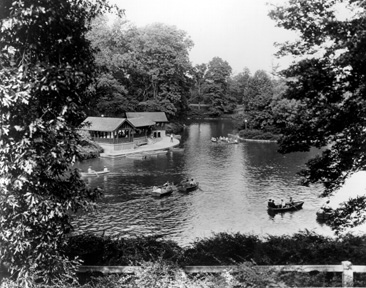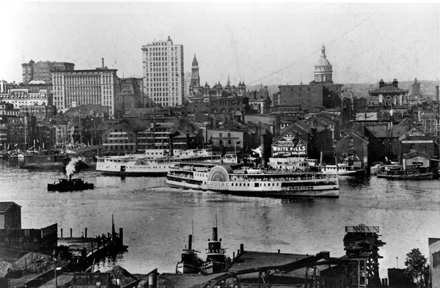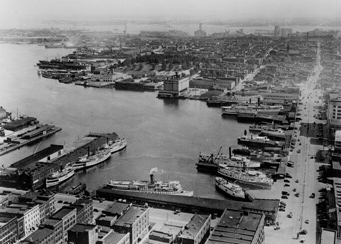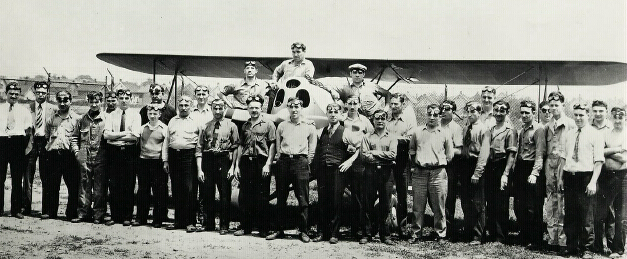View Maryland Counties
- Allegany
- Anne Arundel
- Baltimore City
- Baltimore County
- Calvert
- Caroline
- Carroll
- Cecil
- Charles
- Dorchester
- Frederick
- Garrett
- Harford
- Howard
- Kent
- Montgomery
- Prince George's
- Queen Anne's
- St. Mary's
- Somerset
- Talbot
- Washington
- Wicomico
- Worcester
Baltimore City
 Although settled by the early eighteenth century and incorporated in 1796, Baltimore City did not exist as a distinct governmental unit until 1851 when the Constitution adopted that year provided for the separation of the city from Baltimore County. Like Baltimore County, the city's name is derived from the Proprietor's Irish Barony.
Although settled by the early eighteenth century and incorporated in 1796, Baltimore City did not exist as a distinct governmental unit until 1851 when the Constitution adopted that year provided for the separation of the city from Baltimore County. Like Baltimore County, the city's name is derived from the Proprietor's Irish Barony.
The growth of Baltimore has been stimulated by its port, which handles thousands of ships annually; its industry, including chemicals, heavy equipment and electrical machinery, textiles and apparel, paper products, and food; and its transportation services which serve as the lifeline of the city. However, the strength of the city lies in its neighborhoods, from the maritime flavor of Fells Point to the towers of Charles Center, from the rolling garden development of Roland Park to the famous marbled steps of the city's row houses.
Such diversity is also reflected in Baltimore's famous native and adopted citizens such as Babe Ruth, Edgar Allan Poe, the Duchess of Windsor, Francis Scott Key, Ogden Nash, and H. L. Mencken. On any given weekend, thousands of people can be seen enjoying the Inner Harbor, the Baltimore Zoo, Lexington Market, the National Aquarium, or the Maryland Science Center. The performing arts are represented by the Morris Mechanic Theatre, Center Stage, and the Baltimore Symphony Orchestra and numerous smaller theatre and dance troupes. The city also boasts numerous historic sites such as the Carroll Mansion, the Shot Tower, Patterson Park, Fort McHenry, Druid Hill Park, and the Peale Museum.

MSA SC 1477-5315
The Jones Falls, seen here as it flowed in front of Union Station c. 1910, had degenerated into an open sewer by the time of Baltimore's Great Fire in 1904. As part of the city's reconstruction, the stream was forced into a huge concrete pipe, storm drains were laid, and a modern highway was paved on the surface.

MSA SC 1477-5884
Druid Lake, set in Druid Hill Park, is one and a half miles in circumference. Through the years it has given Baltimoreans a relaxing pastoral setting in which to enjoy their leisure time.

MSA SC 1477-6282
From the second half of the nineteenth century until well into the twentieth, steamships were a primary form of transportation and Baltimore was an international port. Numerous steamship companies line Light Street, with vessels bound for Boston, New York, Philadelphia, New Orleans, Havana and Liverpool.

MSA SC 1477-6276
Baltimore harbor continued to be a busy place in 1935 when this aerial view was made, though the nature of the port had changed from its earlier steamship days.

MSA SC 1477-6723
Maryland's premier position in the history of aviation was assured in 1929 when the Glenn L. Martin Company relocated to Middle River, on the outskirts of Baltimore. Here, a gaggle of goggled engineers line up in front of a biplane at the Company.

